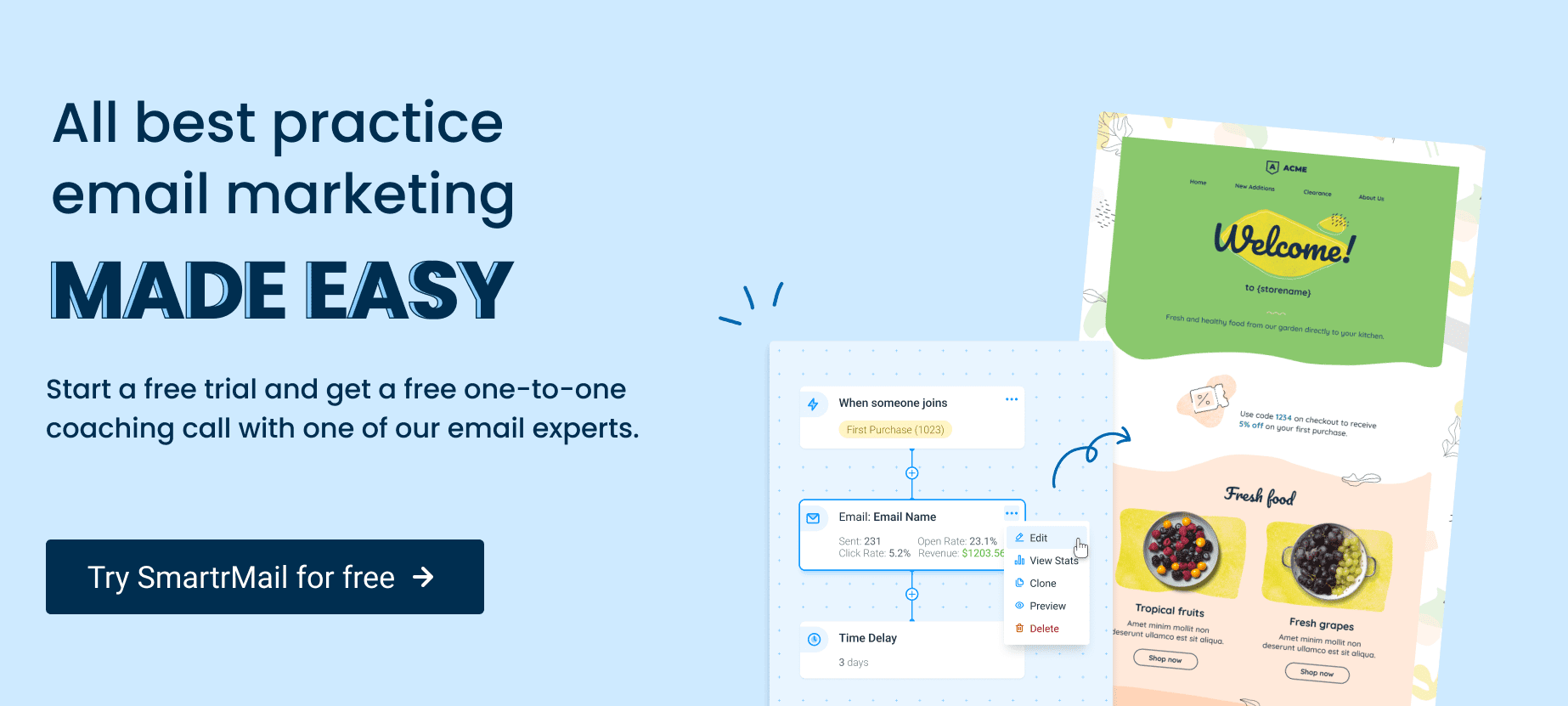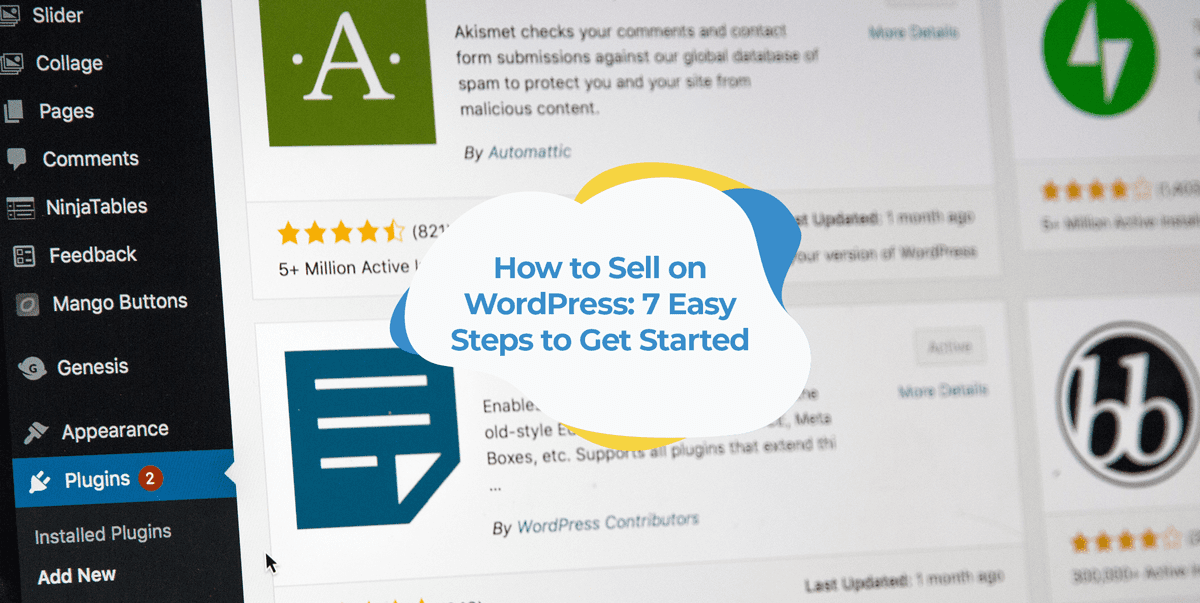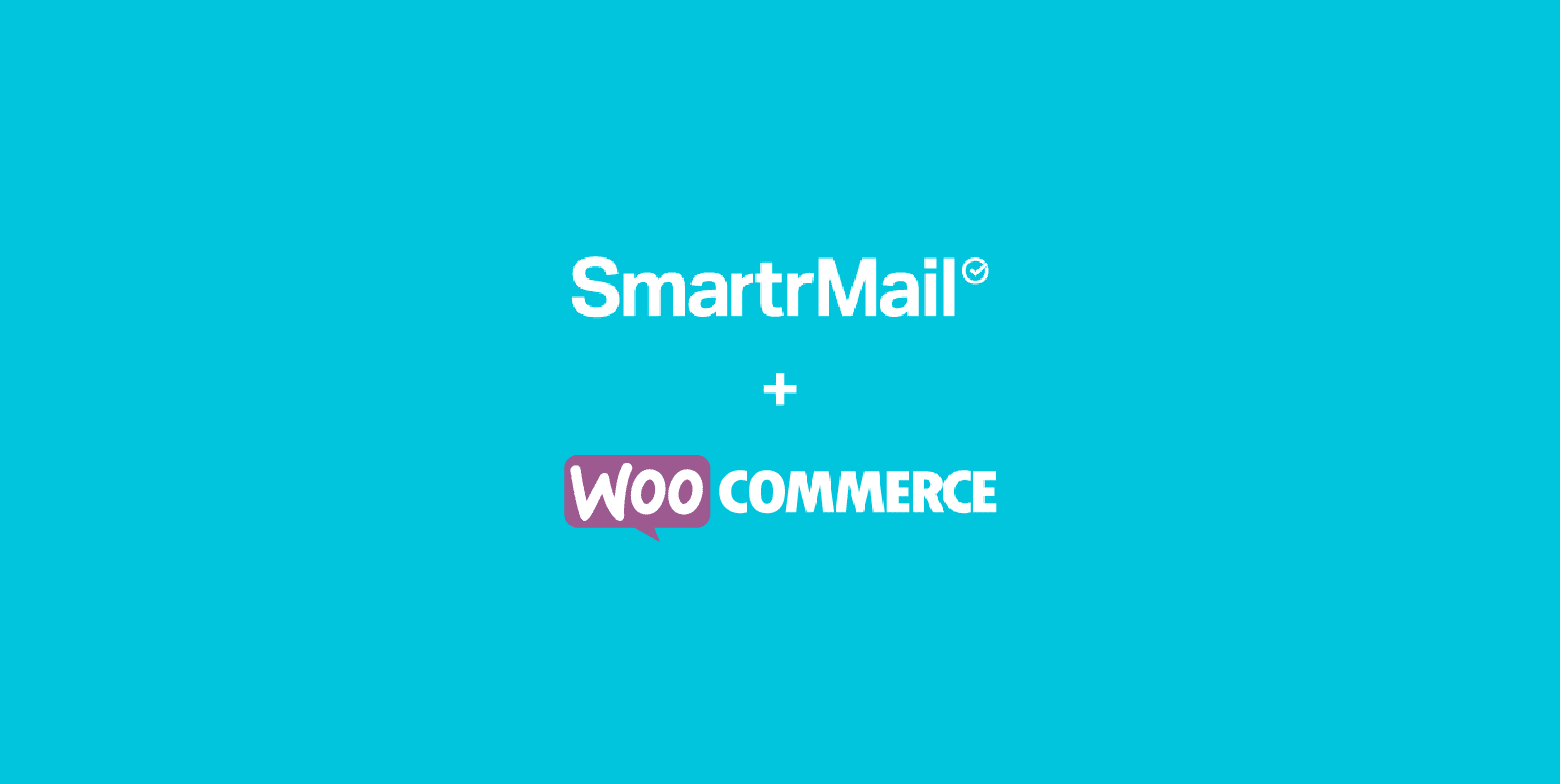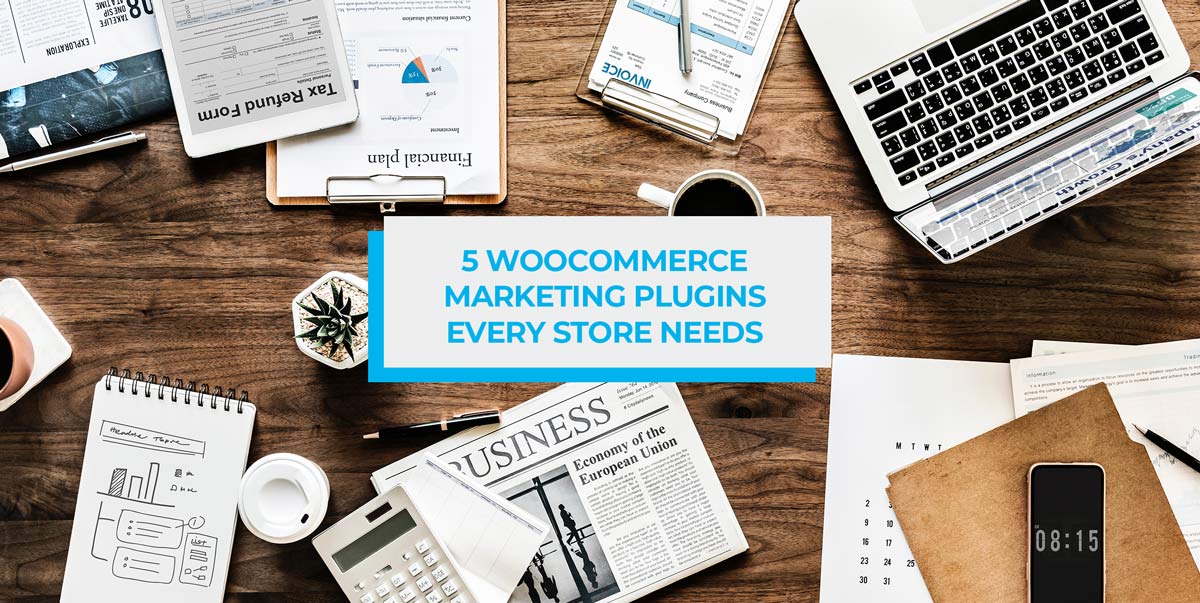Ecommerce is big business and still growing. In fact, it accounted for more than 14% of all retail sales worldwide in 2019. By 2022, this figure is predicted to rise to 22%:
Ecommerce has had another boost in 2020 due to the COVID-19 pandemic and the resulting restrictions on shopping at physical stores. One survey by Engine indicated that people were spending up to 30% more online as of late March this year, despite fears about an ensuing recession. Given these numbers, ecommerce is a great option for those interested in starting an online business.
WordPress is the world’s most popular content management system (CMS), powering over 400 million websites. It’s also easy to set up and use, even if you don’t have coding knowledge.
Want to know how to get started with selling on your WordPress site? Read on and I’ll break down the process into 7 easy tips.
1. Choose your niche
If you’re planning to run an online store, the first thing you need to do is to decide what you want to sell. This decision will help guide you through your website creation and maintenance process.
Here are some questions to ask yourself as you choose a niche:
- What is your passion? Are you into health and fitness? Music? Books? Food? Pick a niche that you love and are knowledgeable about. It’s much easier to sell products and services, including selling digital goods, you genuinely believe in.
- Physical or digital products? Unless you’re running a dropshipping business, physical products require considerable space for inventory and warehousing. In contrast, digital products are far cheaper and easier to sell and deliver. Digital products include ebooks, training courses, software, graphics and digital art, and games.
- What will set you apart from the competition? Unless you are an inventor selling your own products on WordPress, you will likely face a lot of competition in your niche. Crafting a unique selling proposition (USP) will make your business stand out. Your USP could be based on cost, speed of delivery, world-class customer service, product quality, or any number of other factors.
If you choose something you love and for which there is a substantial market, you can’t go far wrong. Tempting though it may be to try to sell dozens or hundreds of different products, start with a small catalog. You can always add more later.
2. Get a catchy, relevant domain name
Your domain name is your online identity. It will appear on everything that’s associated with your business including your website, email marketing communications, social media channels, and promotional merchandise. Therefore, make sure you choose the right one.
Consider these factors as you choose your domain name:
- Length: A short domain name is catchy and easy to remember. However, it can be hard to find a great single-word domain that isn’t taken. Keep your domain name to two or three words not exceeding 14 characters in total.
- Domain extension: While .com is still the most popular domain extension, don’t limit yourself. The .com version of your chosen domain might be unavailable or prohibitively expensive. Other good options are .biz or .net.
- SEO: Your domain name needs to be relevant to your niche, especially if your business is just starting. Using the right keywords will help your site reach the top of the Google search results and will help users determine what you’re selling even before they reach your page.
Whatever domain name you choose, it should be creative and true to your brand identity. It should also be easy to read, spell, and type.

3. Build your WordPress website
The cheapest way to start your WordPress website is to buy a hosting package and then download WordPress as the content management system (CMS). Most web hosting services will allow you to add a WordPress CMS through your C-panel, which you can then log into any time.
Choose a WordPress-friendly web hosting service that offers 24/7 customer service and easy-to-follow instructions to install WordPress and get started. You should also choose a host that offers fast page speeds and uptime of at least 99.94%. Kinsta is a great option, but there are many great hosting services you can choose from.
WordPress has thousands of site templates, called “themes”, that you can use to customize your site’s appearance. Many are free, while others come at a cost. Some popular ecommerce themes include Astra, Divi, and Neve Shop. Take the time to do your research and find one that really reflects your vision for your store.
If you have the budget for it, the best way to get a great-looking site that’s optimized for sales is to get a web design agency and WordPress development agency to do it for you. They will work closely with you to understand your needs and build a site that will help maximize your revenue.
4. Decide on the best ecommerce platform for you
When you sell products through WordPress, your site is actually just the front-end of the store. You’ll need to choose an ecommerce platform that works best with your products and business model.
A good ecommerce platform will provide an all-in-one solution to allow you to manage your store easily. Here are some of the most popular ecommerce platforms among WordPress users:
- WooCommerce. This platform is free and open-source. As it’s owned by the creators of WordPress, there is a high degree of integration between the two. It allows you to sell both physical and digital products and runs on roughly 20% of all ecommerce websites worldwide.
- BigCommerce. As one of the most popular ecommerce platforms in the world, BigCommerce offers hosting, payment integration, and a WordPress plugin that makes doing business online simple.
- Easy Digital Downloads. This is a free ecommerce platform specifically for selling digital products such as online courses, ebooks, and music. It’s free to install, but you will need to pay extra to get access to extensions that offer you more control over your transactions.
- 3dcart. This easy-to-use platform integrates directly with your WordPress store using the 3dcart WordPress plugin. Pricing starts from an affordable $9.50 per month, with savings available if you pay annually.
WooCommerce works well for most simple ecommerce stores since it is free and directly affiliated with WordPress. But if you plan to expand your site and run a more complex store, you might wish to invest in a paid ecommerce platform that will offer you more functionality.
5. Set up your store
Once you’ve chosen your domain, purchased a hosting package, and chosen your ecommerce platform, it’s time to bring everything together. Your website is made up of these two parts: the front end and back end.
The front end is what website visitors see. Your site must be laid out in a way that is easy to navigate, allowing customers to find their desired product quickly. At this stage, you’ll customize your WordPress theme with your logos, color scheme, and so on. To do this, select “appearance” in the left-hand sidebar from your WordPress dashboard:
Select “Customize”, and you’ll be able to personalize your site however you like:
If you wish, you can also use a site builder plugin like Elementor. This drag-and-drop tool makes it easy to build a great looking website with no coding required.
At this stage, you’ll add your promotional images, product descriptions, and other written content.
The back end of your website covers the technical details that your customers don’t normally see. This includes things like integration with your payment gateway, the settings that allow the use of discounts and coupon codes, and applying tax to purchases. Carefully follow your ecommerce platform’s instructions at this stage. WooCommerce integrates with over 100 payment gateways including Paypal and Stripe.
Also note, Stripe and PayPal charge a transaction fee. Calculate them using a stripe fee calculator and a PayPal fee calculator.
As you build your site, pay attention to the user experience at every stage. Everything should be streamlined to make your site easy and pleasant to use. If the overall user experience is poor, customers will simply leave your store and buy from a competitor instead.
Here are my top tips to optimize your site for the best user experience:
- Use intuitive and easy-to-follow menus. Your site should be simple to navigate around.
- Make sure you use a responsive theme or design, allowing your website to look great on mobile as well as desktop. As a web designer, I consider responsive design an absolute essential.
- Make text easy to read by breaking it up with paragraph breaks and bullet points.
- Ensure your pictures are of high quality.
- Group products into intuitive categories to allow users to find what they are looking for quickly.
- Make it easy for customers to contact you if there’s a problem. You could even use a chatbot to answer common queries.
This stage will take up the majority of the time you spend setting up your ecommerce website on WordPress.
Are you ready? Next, it’s time to test your store.
6. Test your store
Before you launch your store and make it visible to the public, you need to subject it to some serious stress testing. You can do this by yourself, but I also recommend involving your friends, family, and colleagues as beta testers. Ask them to see how the site performs under different conditions and give you feedback on any issues.
Here are some things you need to test pre-launch:
- Mobile responsiveness: More than half of website traffic nowadays comes from mobile devices, so you need to ensure that your site works well across different screen sizes. We test all our sites on numerous browsers and devices to ensure full responsiveness, and I recommend that you do the same.
- Spelling and grammar: Poor spelling and grammar make your website look unprofessional. Use a tool like Grammarly or, better yet, hire a professional copywriter and editor.
- Site speed: Walmart discovered that each one-second improvement in page loading time resulted in a 2% increase in conversions. Check your site’s speed using Google’s Page Speed Insights and take steps to reduce it.
- Usability: The layout should be intuitive and products easy to find. The checkout process should be fast and straightforward. Check for broken links, too, and remove any you find.
- Checkout: Ensure that the payment gateway works properly and gives the customer a prompt confirmation of their payment.
Don’t be tempted to skip the testing phase. It will reveal flaws and allow you to fix them before they cause problems. Taking the time to conduct robust testing will save you a lot of headaches later on.
7. Promote your business
If you’re confident that your store is working properly and as good as it can be, it’s time to announce it to the world!
Set a launch date, create some compelling marketing content, and start promoting your store. Create social media accounts for your store on all the main platforms, and ensure that your branding is consistent across different platforms. If you already have an email contact list, you could also start a drip campaign with an email marketing for Woocommerce tool to build anticipation for your store opening.
Want to build up some extra excitement for your opening day? You could offer special, limited-time discounts or run a social media giveaway. Within WordPress, you can use marketing plugins like Social Snap to improve engagement rates and drive traffic to your posts.
If you can afford it, I strongly recommend investing in some pay-per-click advertising. Since your site is new, you’re unlikely to rank highly in organic engine results yet. Therefore, PPC can drive traffic to your site that wouldn’t ordinarily have found you. You can use Google Ads to set up a PPC campaign. Here’s how to do it:
- Choose the right keywords. I like the Keywords Everywhere plugin to help me choose keywords that get a lot of search traffic but aren’t being targeted by many other advertisers.
- Set your maximum cost per click and overall budget.
- Write killer marketing copy. Remember, you only have a headline and short snippet of text to grab someone’s attention.
- Use ad extensions to include additional information such as pricing, special offers, and links to specific product pages.
Marketing your ecommerce store is an ongoing effort, so don’t blow your whole marketing budget ahead of opening day. You’ll need to consistently invest in promoting your store if you want it to succeed.
But first, take a moment to celebrate. You’ve successfully launched an online store!
Wrapping up
Ecommerce is a huge industry and can be tremendously profitable if you do it well. A WordPress site is a low-cost, easy to set up, and versatile solution for businesses that are seeking to break into online selling.
However, you must be prepared to invest time and money in your site’s success. Running an ecommerce store is a large undertaking – it is definitely not a “set and forget” source of income. But if you choose a product you’re passionate about and build a great site, you can reap the rewards for a long time to come.
Are you excited about setting up your own WordPress Woocommerce site? We’d love to know how you get on!
Bio
Ian Loew is a web entrepreneur and inbound marketing expert, and the Owner and Creative Director of Lform Design. After four years of helping Fortune 500 companies with MGT Design, Ian embarked on his freelance career before establishing Lform Design in 2005. He leads a team of creative professionals to deliver inspired online experiences via modern, responsive websites that reflect his clients’ core values. When not at the helm, Ian can be found mountain biking with friends or spending time with his family.




